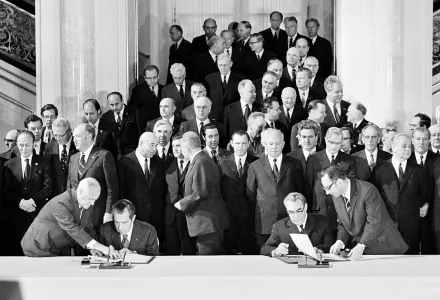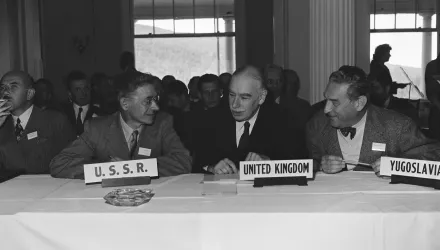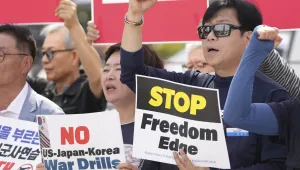International Security is America's leading peer-reviewed journal of security affairs.

Summary
Motives for strategic arms control are conventionally framed in terms of their potential to enhance stability by limiting certain weapons, avoiding costly arms races, or preserving military advantage. But states can also use strategic arms control to divide adversaries. Wedge strategy theory explains how arms control can do so by influencing threat perceptions, trust, and beliefs about a commitments’ trade-offs. Three landmark strategic arms control negotiations show how the wedge motive informed these negotiations and influenced great power relations.
Timothy W. Crawford and Khang X. Vu, "Arms Control as Wedge Strategy: How Arms Limitation Deals Divide Alliances," International Security, Vol. 46, No. 2 (Fall 2021), pp. 91–129, doi.org/10.1162/isec_a_00420.
The full text of this publication is available in the link below.





